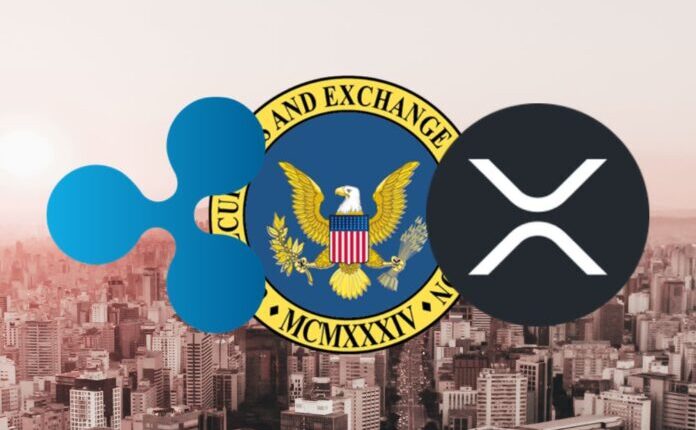Ripple’s Latest Legal Move Sparks Debate Over Crypto Asset Classification
In a bold new submission to the U.S. Securities and Exchange Commission (SEC), Ripple Labs has raised a fundamental regulatory question that could reshape how cryptocurrencies like XRP are classified. The May 27, 2025 filing asks: When does a digital asset, initially distributed as part of an investment contract, cease to be considered a security?
Key Highlights from Ripple’s SEC Submission
✔ Follows May 20 meeting between Ripple and SEC’s Crypto Task Force
✔ Aligns with Commissioner Hester Peirce’s “New Paradigm” speech
✔ Proposes clear legal framework for distinguishing securities from non-securities
✔ Builds on Judge Torres’ 2023 ruling that XRP itself is not a security
Ripple’s Legal Argument: Why XRP Shouldn’t Be Classified as a Security
1. Citing Established Case Law & Legal Precedents
Ripple’s filing references The Ineluctable Modality of Securities Law (2022), a paper by Lewis Cohen and other legal experts, which argues:
-
Most fungible crypto assets should not be treated as securities in secondary markets
-
These assets lack the legal relationship typical of investment contracts
The company also points to Judge Analisa Torres’ landmark 2023 decision, which ruled:
✅ Institutional sales of XRP involved investment contracts (securities)
❌ Programmatic sales & secondary trading did not qualify as securities
2. Proposing a “Maturity-Based” Regulatory Framework
Instead of relying on vague “decentralization” standards, Ripple suggests “maturity” as a clearer benchmark. A crypto asset would no longer be a security once its network achieves sufficient independence, measured by:
🔹 Market capitalization
🔹 Operational history
🔹 Lack of unilateral control by issuers
This approach offers more objective criteria than subjective decentralization metrics.
3. Warning Against Misleading Disclosure Requirements
Ripple argues that forcing ongoing disclosures for assets that are no longer securities could:
⚠ Mislead investors into believing issuers still control the asset
⚠ Reinforce false narratives (e.g., claims that XRP is centralized)
Why This Filing Matters for XRP & Crypto Regulation
Potential Impact on Ripple vs. SEC Case
The SEC previously rejected a settlement on procedural grounds, but Ripple’s latest filing strengthens its position by:
✔ Reaffirming XRP’s non-security status
✔ Providing a structured legal framework for regulators
Broader Implications for Crypto Industry
If adopted, Ripple’s maturity-based framework could:
✅ Bring regulatory clarity for other cryptocurrencies
✅ Reduce legal uncertainty for exchanges and investors
✅ Encourage innovation by distinguishing between securities and utility tokens
What’s Next for XRP & Crypto Regulation?
🔹 SEC’s response to Ripple’s proposal will be critical
🔹 Potential settlement could solidify XRP’s legal standing
🔹 Industry-wide implications for how regulators classify digital assets
Final Thoughts
Ripple’s latest move signals a strategic push for clearer crypto regulation. By challenging the SEC with well-researched legal arguments, the company aims to secure XRP’s future while shaping policies that could benefit the entire blockchain space.










